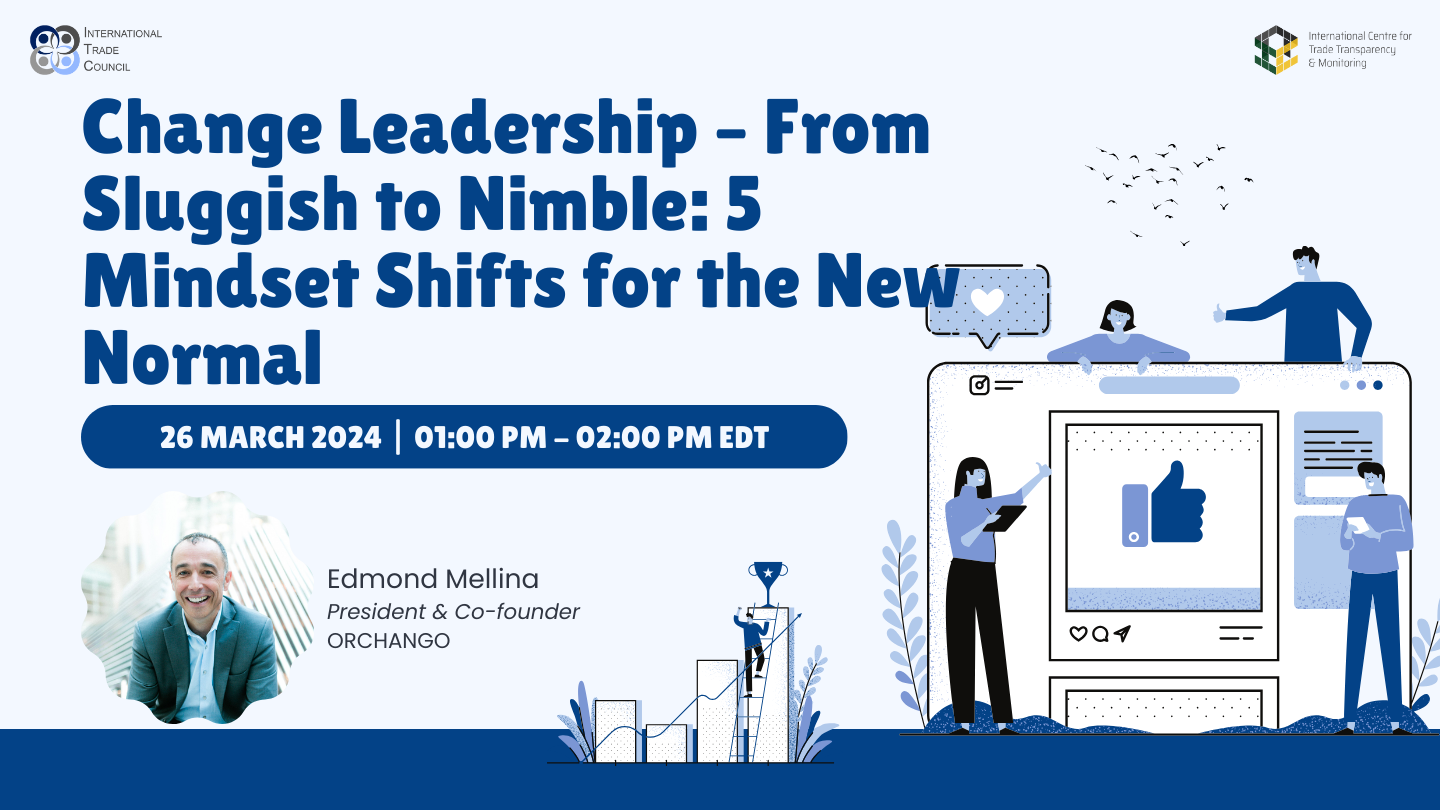When talking with C-suite executives and other transformation leaders about leading through change in the…
Top-5 symptoms of sluggish decision-making
#NimbleVlog Season 04 Episode 01 — To be nimble, organizations must make decisions in a timely fashion and at the right level in the business. How can you tell your organization’s decision-making is sluggish – in other words NOT nimble? In this episode of the #NimbleVlog, ORCHANGO’s president & co-founder Edmond Mellina addresses the question…
Transcript
Reading time: 4 minutes
In the previous episode of the #NimbleVlog, I addressed the following question: Which decision-making model is best to drive agility? And the answer was the DCI framework, also known as DAI.
Today, let’s discuss the five symptoms that indicate that when it comes to decision making, your organization is sluggish – in other words NOT nimble. But again, I’m not talking here about big strategic decisions – these are few and far between. Instead, I’m referring to the gazillions of decisions businesses make throughout the year.
Escalation
Escalation is the most typical symptom. Decisions that should be made at lower levels are being escalated to higher levels.
When this occurs systematically throughout the organization, what does it say about the corporate culture? In essence, it says that people at all levels are afraid of making mistakes. Lower levels escalate because they don’t want to be blamed if things go wrong; and higher-up, they accept the escalation because they don’t trust that their people can make good decisions. There is no empowerment.
Swirl
Another symptom is the “swirl”. Decisions are being made but after a while, without any good reasons, they are being revisited despite the fact the situation hasn’t changed at all. It’s like if decisions are being caught in a swirl: they are made… but they come back; they are made… but they come back.
Here again, the root cause is a corporate culture that is afraid of mistakes and that has no confidence in its decision-making.
Wing clipping
Third symptom: wing clipping. In this case, decisions are made at the right level in the organization. There is no sluggish escalation. But, if you take a closer look, you will see that decision makers must follow a plethora of rules. And in addition, they are getting way too much direction from the higher-ups. In other words, their sandbox is super tiny. They are being micro-managed. Their wings are being clipped.
What does it say about the corporate culture? Again, that there is a fear of making mistakes. But also, that there is no trust; and that there is fake empowerment – and fake empowerment is even worst that no empowerment at all!
Throwing under the bus
Fourth symptom: throwing under the bus. In this scenario, decision makers are being empowered. But, if upper-management – think about a senior executive or somebody from the global headquarters – if these folks challenge the decision, then decision makers are being left to defend themselves, without any support from their local leadership. If I am such a decision maker, don’t be surprised if next time I escalate…
Clearly, throwing under the bus indicates a lack of leadership. And it’s a corporate culture, as a result, that doesn’t feel safe. Who wants to work in such an environment?
Consensus
Finally, closing this Top-5 list, is an overreliance on consensus – which includes decision by committee.
For sure, the approach has some benefits: primarily avoiding decisions that are unbalanced and therefore extreme, and generating buy-in.
However, the disadvantages are huge. First, missing the best advice because of all the input you are getting in order to get to consensus. Second, lots of time wasted. And third, bad decision or at least a suboptimal one. By the way, if using properly DCI/DAI, you are avoiding these problems while still getting the benefits.
So, what can you do?
If any of these five symptoms are prevalent in your organization, that means decision-making is too slow for today’s world. And in this new normal, being sluggish versus nimble is a sure way to end up like the proverbial Dodo… extinct!
In the next episode of the #NimbleVlog, I will talk about facilitated Decision Hackasprints. They represent the best way to build up nimble decision-making capabilities while making actual decisions… So, stay tuned…
Related episodes
- #NimbleVlog S03 E05 – Best decision-making model to drive agility?
- #NimbleVlog S04 E02 – Decision Hackasprints: learning while doing




This Post Has 0 Comments